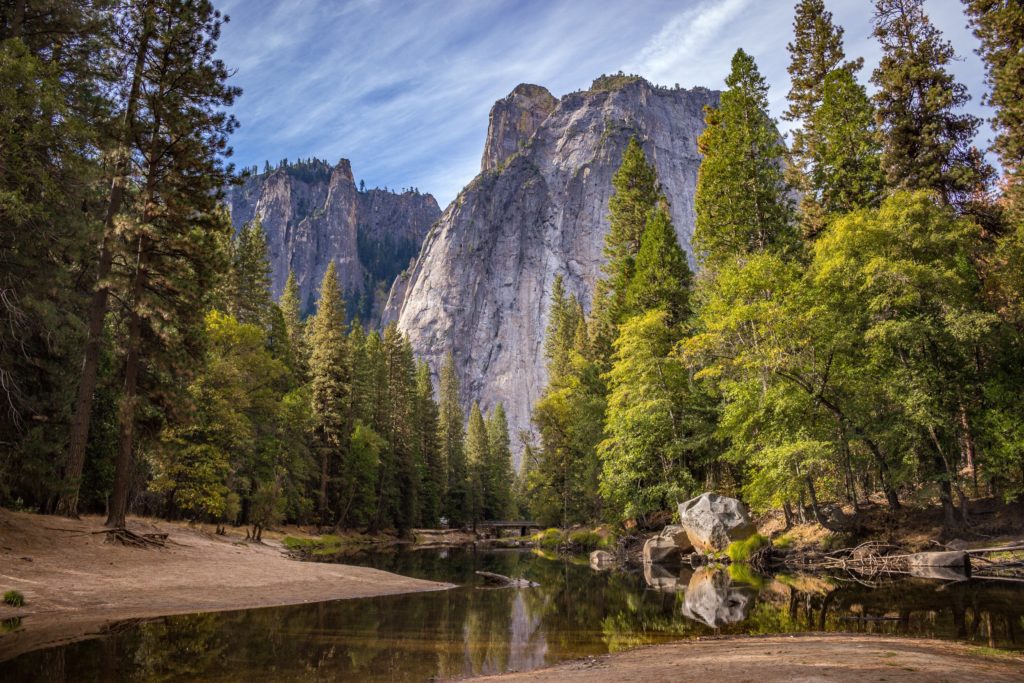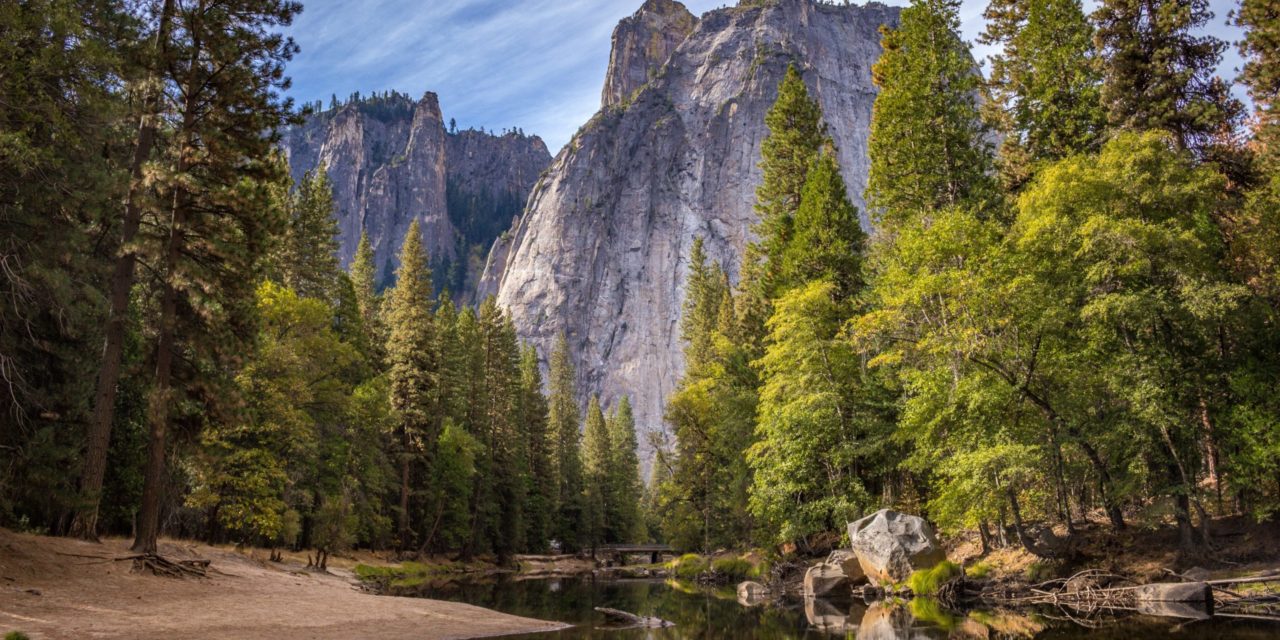Predicting how runoff from heavy storms will affect the amount of water flowing through streams, rivers, and other surface waters is critically important for stormwater professionals and watershed managers. Accurate streamflow forecasting helps the water sector prepare for flood events, develop water supply plans, design infrastructure that suits the unique hydrological conditions of its surroundings, and more.

However, existing methods to forecast streamflow are largely outdated, relying on historical or conceptual data that must be interpreted manually by trained hydrologists. One weakness of existing approaches is that they cannot accurately quantify uncertainty, which is becoming increasingly important to consider as the effects of climate change on precipitation become more apparent. Existing methods also require extensive input from hydrologists, entailing limitations for large-scale predictions.
Attempting to spur much-needed innovation in streamflow forecasting, the U.S. Bureau of Reclamation recently launched a year-long competition series called the Streamflow Forecast Rodeo. The rodeo tasks participants with predicting short-term streamflow in the western U.S. more accurately than conventional methods.
“Streamflow forecasts are integral to managing water,” said U.S. Bureau of Reclamation Commissioner Brenda Burman in an August statement. “Finding improvements to forecasting will allow water managers to better operate their facilities for high flows, mitigate drought impacts, and maximize hydropower generation.”
The Streamflow Forecast Rodeo
Each participant develops an algorithm that uses publicly available data to predict 10-day streamflow forecasts for 10 western waterways. Competing either as individuals or in teams, contestants must update their streamflow predictions each day for a month, receiving a score based on accuracy compared to a set of benchmark forecasts developed using conventional methods.

The U.S. Bureau of Reclamation is partnering with the U.S. National Aeronautics and Space Administration (NASA) and CEATI International (Montreal, Quebec) to develop benchmark forecasts and award prizes. In total, the 12 monthly competitions entail up to $500,000 in prizes for top-performing contestants.
According to a U.S. Bureau of Reclamation release, the rodeo aims to capitalize on the expertise of coders, data scientists, and artificial intelligence experts to modernize streamflow forecasting. The agency will consider new algorithms identified during the competition to promote new, standardized prediction methods that either supplement existing practices or completely replace them.
The competition is hosted on Topcoder, an online platform that connects freelance technology professionals with paid opportunities to put their skills into practice. All participants must register on the Topcoder website, where they also will submit their daily streamflow predictions to the U.S. Bureau of Reclamation. Participants may register for and compete in as many monthly competitions as they desire until the Streamflow Forecast Rodeo ends in October 2021.
Crowdsourcing Water Innovation
The Streamflow Forecast Rodeo follows in the footsteps of several other competitions that aim to solve far-reaching and long-standing issues in water-resource management by incentivizing the public.
For example, the U.S. Bureau of Reclamation also is midway through its Guardians of the Reservoir competition, which tasks participants with developing and demonstrating new approaches to removing and transporting sediments from reservoirs at faster rates than conventional methods. The three-stage competition, which launched in July 2020, aims to narrow a field of potential solutions down to one. The developers of the chosen solution will win $100,000. Each phase of the competition includes smaller prizes which add up to a total purse of more than $500,000.
In 2016, the Everglades Foundation (Palmetto Bay, Florida) partnered with the U.S. Environmental Protection Agency (EPA) to develop a $10-million prize competition searching for better ways to remove phosphorus from vulnerable waterways and convert it into phosphate for use in fertilizers. The long-term competition, expected to conclude in 2022, entails a strict set of benchmarks and deadlines intended to ensure that the winning solution is broadly applicable to waterways around the world.
Each year since 2012, EPA has also held its annual Campus RainWorks Challenge, which tasks students attending U.S. colleges and universities with incorporating green infrastructure into their campuses. After undergoing an in-depth review by a panel of stormwater experts, including input from the Water Environment Federation (Alexandria, Virginia), winning teams earn up to $10,000 while enhancing the resilience of their communities against flooding, urban heat-island effects, and a range of other environmental hazards. EPA recently announced a timeline for the competition’s ninth year, with winners to be announced in spring 2021.
Access a full list of government-sponsored innovation competitions at https://www.challenge.gov/.






